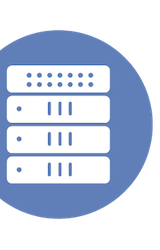Architecting Sovereign SASE in Your Infrastructure with Versa
Event: Networking Field Day 37
Appearance: Versa Presents at Networking Field Day 37
Company: Versa Networks
Video Links:
- Vimeo: Architecting Sovereign SASE in Your Infrastructure with Versa
- YouTube: Architecting Sovereign SASE in Your Infrastructure with Versa
Personnel: Adrien Olalainty
Versa’s Sovereign SASE is built on a fully integrated, carrier-grade single software stack designed to meet the needs of both service providers and enterprises. In this session, Systems Engineer Adrien Olalainty will provide a technical deep dive into Versa’s SASE architecture, and explore how organizations typically evolve to a fully integrated Sovereign SASE solution.







